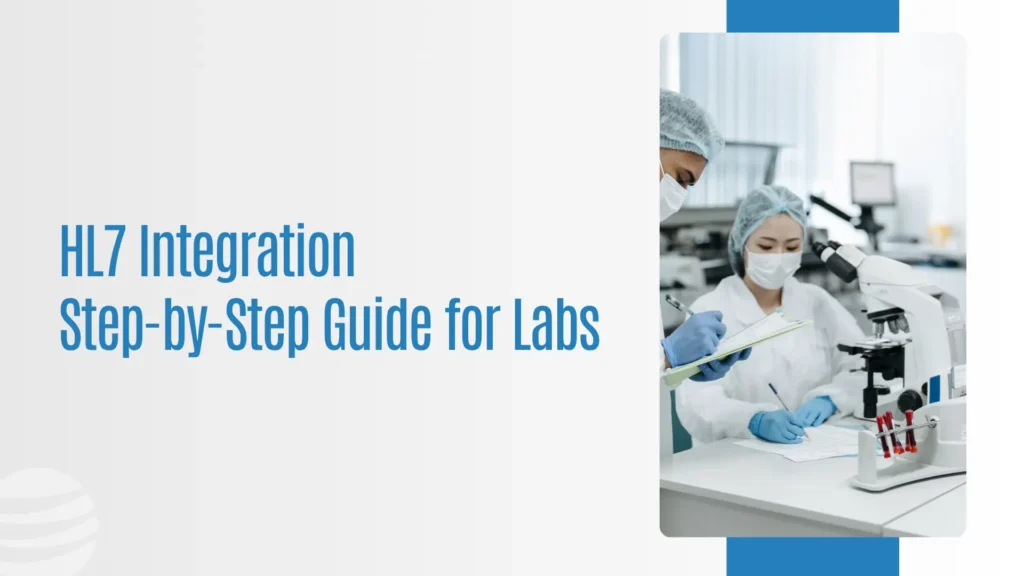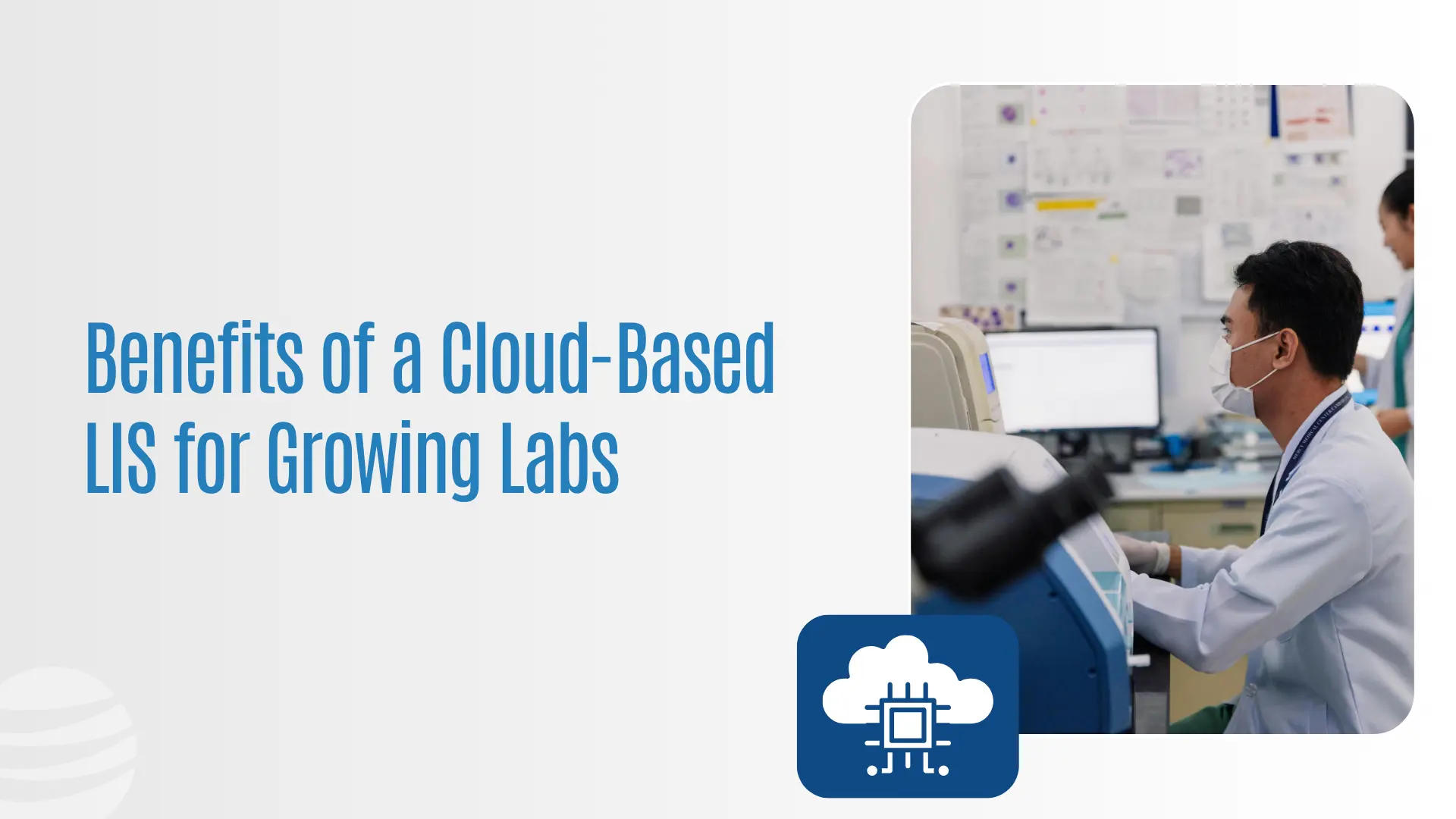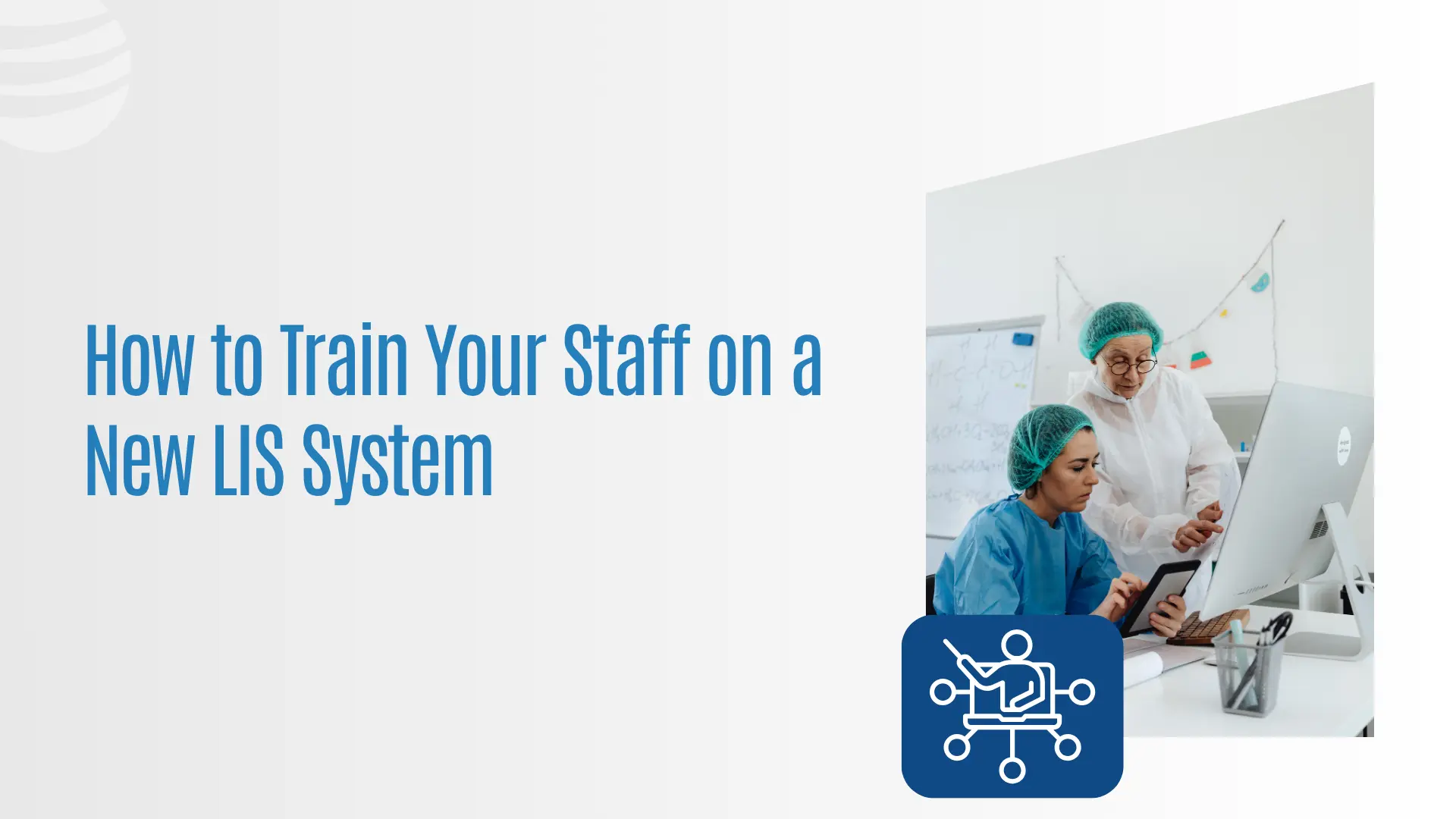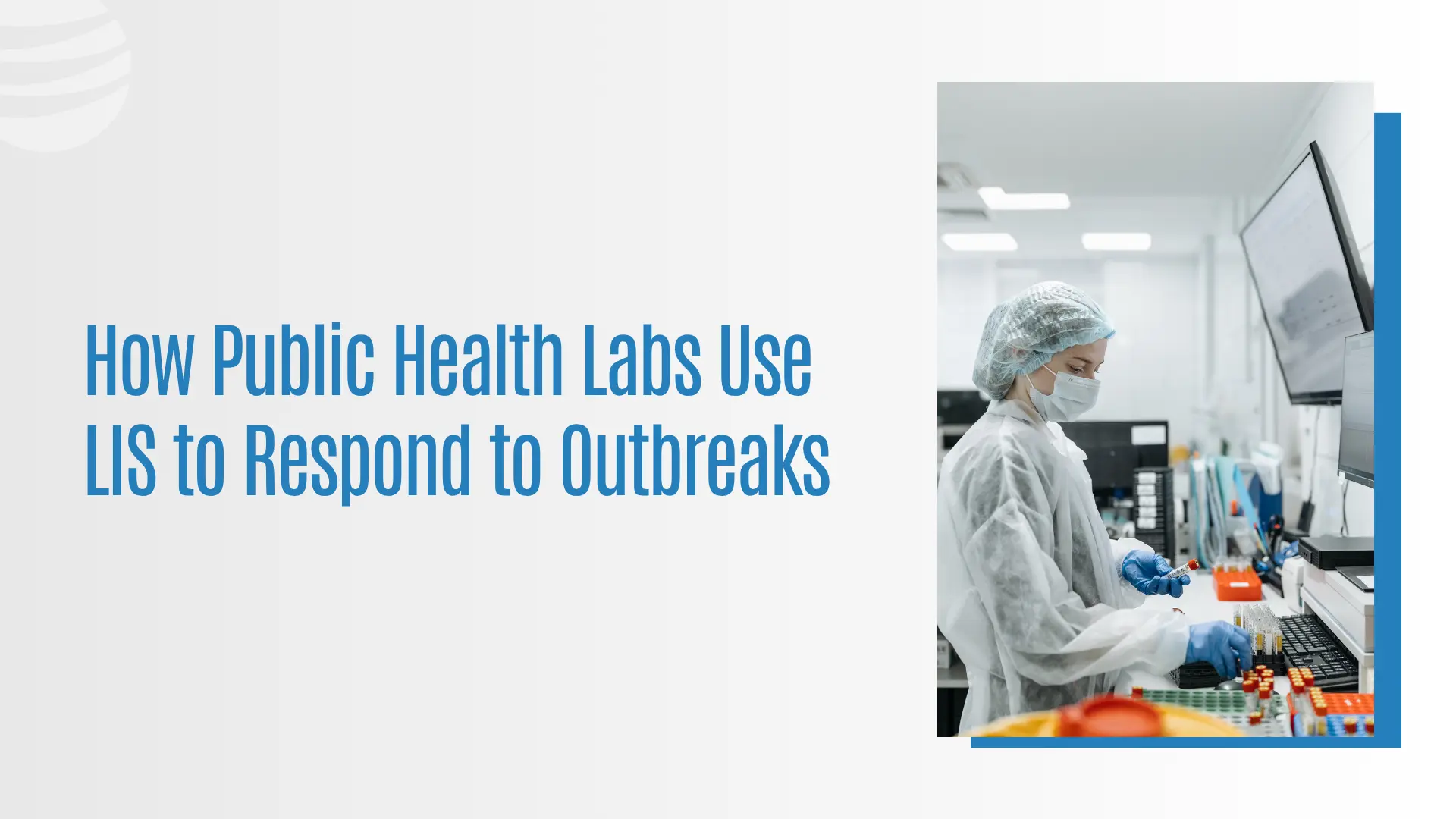HL7 Integration: A Step-by-Step Guide for Labs
Why HL7 Integration Matters for Modern Labs
In today’s interconnected healthcare environment, laboratories cannot afford to operate in isolation. HL7 integration bridges the gap between your Laboratory Information System (LIS) and Electronic Health Records (EHR), ensuring that test results are transmitted accurately, securely, and in real-time. Successful HL7 integration enhances data interoperability, reduces manual errors, and strengthens your lab’s role in the broader healthcare ecosystem.
What Is HL7 and How Does It Work?
Health Level Seven (HL7) is a set of international standards for exchanging electronic health information. In a laboratory setting, HL7 allows the seamless transfer of orders, test results, and patient information between the LIS and other healthcare systems.
At its core, HL7 is about translating complex clinical data into a standardized language that multiple systems can understand and act upon. This ensures faster communication, improved patient care, and operational efficiency.
Benefits of HL7 Integration in Laboratory Information Systems
Integrating HL7 into your LIS is not just a technical upgrade. It brings tangible business and clinical benefits:
- Improved Data Accuracy: Automated data transfer eliminates transcription errors.
- Faster Turnaround Times: Results move instantly from lab instruments to EHRs.
- Enhanced Compliance: Meeting HIPAA and other regulatory requirements becomes simpler.
- Stronger Collaboration: Physicians, specialists, and lab technicians are aligned through real-time data sharing.
- Reduced Operational Costs: Streamlined workflows free up human resources and reduce redundancies.
Step-by-Step HL7 Integration Guide
Achieving HL7 integration may seem complex, but with a structured approach, it becomes manageable. Here is a step-by-step guide:
1. Define Integration Goals
Clarify why you are integrating HL7. Is it to automate test result delivery, to improve reporting speed, or to enhance interoperability across departments? Clear objectives guide the technical strategy and vendor selection.
2. Assess Your Current LIS Capabilities
Evaluate your existing Laboratory Information System. Does it support HL7 out of the box, or will it need custom development? Knowing your baseline capabilities helps avoid unexpected challenges later.
3. Choose the Right Integration Partner
Select a vendor or integration partner with proven experience in HL7 interfaces. Look for a partner who understands laboratory workflows, compliance requirements, and can provide scalable solutions.
4. Map Data Fields and Standards
Define how data will move between systems. Map out which fields must be transferred, their formats, and ensure both systems agree on the coding standards. This step ensures that orders, results, and demographics align perfectly.
5. Test the Interface Thoroughly
Before going live, conduct end-to-end testing with real-world scenarios. Validate that orders are received correctly, results are accurately transmitted, and any errors are logged and resolved.
6. Go Live and Monitor Performance
Once the system is live, closely monitor performance. Track data transfer success rates, troubleshoot any integration hiccups quickly, and collect feedback from end users to ensure the integration is delivering value.
Common HL7 Integration Challenges and How to Overcome Them
Integration is not without hurdles. Here are common challenges and solutions:
| Challenge | Solution |
|---|---|
| Data mismatches | Rigorous mapping and validation |
| Communication lags | Optimize network and server load |
| Compatibility issues | Choose systems with HL7 certification |
| Security concerns | Implement encryption and audit trails |

How Prolis Simplifies HL7 Integration
Prolis is built with interoperability at its core. Here is how we streamline HL7 integration:
- Out-of-the-Box HL7 Compatibility: Pre-configured templates speed up deployment.
- Customizable Data Mapping: Tailor field mappings to your specific lab needs.
- End-to-End Encryption: Protect patient data during transmission.
- Dedicated Integration Support: Our team guides you from planning through post-launch optimization.
With Prolis, HL7 integration becomes a strategic advantage rather than a technical hurdle.
Integration Is a Strategic Advantage
Successful HL7 integration is not just about compliance or technology. It is about enabling better patient outcomes, improving operational efficiency, and future-proofing your laboratory’s role in healthcare. By partnering with Prolis, your lab can move from isolated operations to being an integrated, high-value contributor in the care continuum.
Want to learn how seamless HL7 integration can transform your lab?
Schedule a demo with Prolis today →





